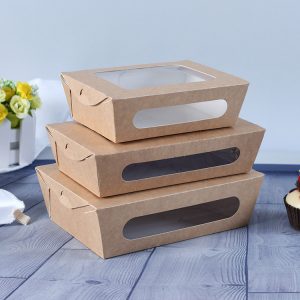Fiction in food packaging refers to the use of imaginative or fantastical elements on product packaging to create a storytelling experience for consumers. It involves incorporating fictional characters, stories, or themes that add a sense of adventure, magic, or wonder to the food product. Fictional elements in food packaging aim to engage consumers on an emotional level, evoke nostalgia, or create a unique and memorable experience. Here are some examples of fiction in food packaging:
- Character-Themed Packaging: Packaging featuring popular fictional characters from movies, cartoons, or books, such as superheroes, princesses, or animated animals, can attract children and parents alike.
- Fantasy Worlds: Packaging designs that depict whimsical or mythical landscapes, like enchanted forests or magical kingdoms, can transport consumers into a fantastical world as they enjoy the food.
- Storybook Illustrations: Using illustrations that resemble scenes from a storybook can make the packaging feel like a part of a captivating tale.
- Interactive Packaging: Packaging that includes puzzles, games, or hidden messages encourages consumers to engage with the product beyond just its contents.
- Limited-Edition Themes: Seasonal or limited-edition packaging with fictional themes tied to specific events or holidays can create a sense of excitement and urgency for consumers to purchase the product.
- Fictional Backstories: Packaging that includes fictional backstories about the origins of the food or its special ingredients can add depth and intrigue to the product.
- Packaging with Quotes or Dialogue: Including quotes or dialogues from fictional characters on the packaging can create an emotional connection with consumers who resonate with the characters.
- Augmented Reality (AR) Packaging: AR elements on the packaging can bring fictional characters or scenes to life, enhancing the interactive experience for consumers.
- Genre-Based Packaging: Packaging inspired by specific fictional genres, such as science fiction, fairy tales, or adventure stories, can cater to different audience interests.
- Mystery and Discovery: Packaging that hints at hidden surprises or mysteries related to the food product encourages consumers to explore and discover more about the product.
It’s important to note that fiction in food packaging should align with the target audience and brand identity to be effective. When done thoughtfully, incorporating fictional elements can enhance the product’s appeal, foster consumer engagement, and create a unique and memorable packaging experience.








